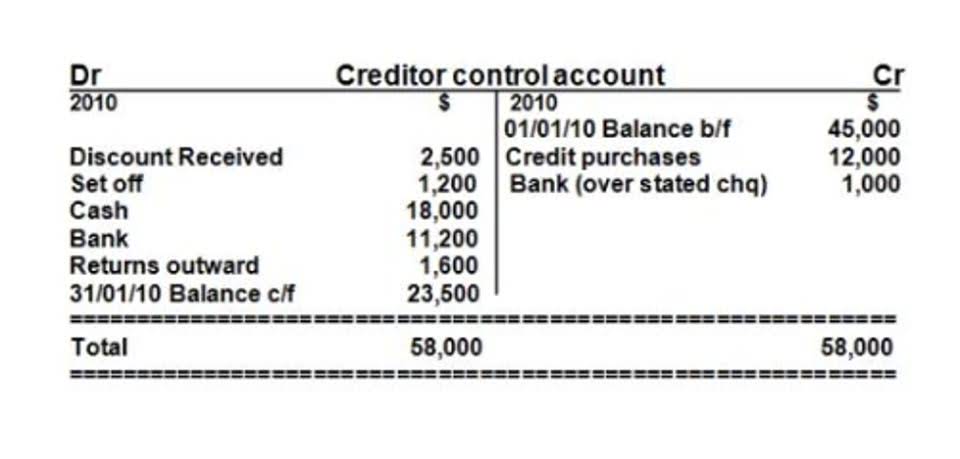
Discover the key to effective financial management with our straightforward guide on variance reporting. Period costs are of no less help, as they allow you to understand how well you’re running your business. Someone on our team will connect you with a financial professional in our network holding the correct designation and expertise. Our writing and editorial staff are a team of experts holding advanced financial designations and have written for most major financial media publications. Our work has been directly cited by organizations including Entrepreneur, Business Insider, Investopedia, Forbes, CNBC, and many others.
- Remenber, they include things like rent, salaries, and advertising costs?
- Finally, managing product and period costs will help you establish more accurate pricing levels for your products.
- The cost of 300 units would be transferred to cost of goods sold during the year 2022 which would appear on the income statement of 2022.
- For example, the fee for a consulting service offered by external management consultants is a period cost, but it is not mentioned in any of the categories above.
- Total period costs include any expenses that are not directly related to product manufacturing.
Balance Sheet Classification of Deferred Expenses
- Proper classification is important for accurate financial reporting and determining true production costs.
- Today, we’re breaking down these two concepts to understand their general aspects, relationship with financial statements, and overall impact on business decision-making.
- You may need to buy state-of-the-art equipment for your developers and other team members.
- The American Institute for Healthcare Management explains that product costs include any expenses required to deliver your products or services to the final customer.
- Careful analysis of cost behavior is key to proper accounting classification and supporting smart management of margins and profits.
- Before you even begin developing a product, you need a clear plan for what you’re building.
The company’s period costs are $169,800 ($147,300 operating expenses + $500 interest expense + $22,000 tax expense). In contrast, product costs are expensed as products are sold, not when the business purchases them. Period costs are costs that cannot be capitalized on a company’s balance sheet. In other words, they are expensed in the period incurred and appear on the income statement.
Product Costs
Make sure you know where your money is going and create a budget based on your goals. If you’re planning to develop new products, for example, you can expect to see an increase in both product and period costs. Be prepared to manage these expenses and allocate your resources accordingly. Period costs and product costs are important concepts in managerial accounting that help businesses track their expenses. Knowing the key differences between these types of costs can have a big impact on financial reporting and decision making.

What is the benefit of classifying costs as products or periods?
- In managerial and cost accounting, period costs refer to costs that are not tied to or related to the production of inventory.
- Period costs are the expenses that a company incurs during a specific accounting period but aren’t directly related to the product’s development.
- Imagine you are the owner and co-founder of MealCo, an organic canned meals producer company.
- When your business takes a loan, it makes regular payments of principal and interest.
- Thus, most companies would consider it a period cost and account for it on the income statement directly.
- Product cost plays a crucial role in determining the pricing strategy and overall profitability of a product or service.
A liability is defined as something that a company owes to somebody else. Liabilities are normally things that are settled over time through the transfer of money, goods, or services. Liabilities can either be short-term obligations that are due within one year of a normal accounting period, or they can be long-term liabilities and are not due for more than one accounting period. By definition, period costs are costs that are incurred during one accounting period and are not tied to the production of a product or the inventory costs. If liability is short-term and due within one accounting period and is not directly tied to the production of a product or inventory costs, then it could be considered a period cost. Grasping the difference between product and period costs serves as a financial compass for businesses.

This means that these costs directly impact the income statement for the specific time frame. Instead, they are included in the cost basis of inventory through cost of goods sold as production occurs. The key difference is product costs can be traced to specific units produced, while period costs cannot. These costs include direct materials, direct labor, and factory overhead.
With a solid financial plan in place, you can identify which components are driving up your product costs and adjust accordingly. Calculating product costs can be a difficult task, especially when it comes to determining the development costs of SaaS. However, there are some basic formulas to help calculate the product cost. Product cost refers to the total expenses incurred during the development, production, and maintenance of a software product or technology solution. It encompasses a wide range of costs, including research, design, development, testing, deployment, and ongoing support and maintenance. In a nutshell, COGS is the bill for creating or buying the stuff a business sells.

While variable costs like materials rise and fall with production volume, fixed expenses like depreciation, rent, insurance, etc. remain unchanged from month to month. Examples include administrative salaries, marketing, research and development (R&D), etc. These total period cost costs are deducted as operating expenses on the income statement. Rent falls under operating expenses, while product costs like labor and materials are used to calculate COGS. Tracking the difference helps with managerial decision making and financial reporting.
Understanding Product Costs
The difference between product costs and period costs

